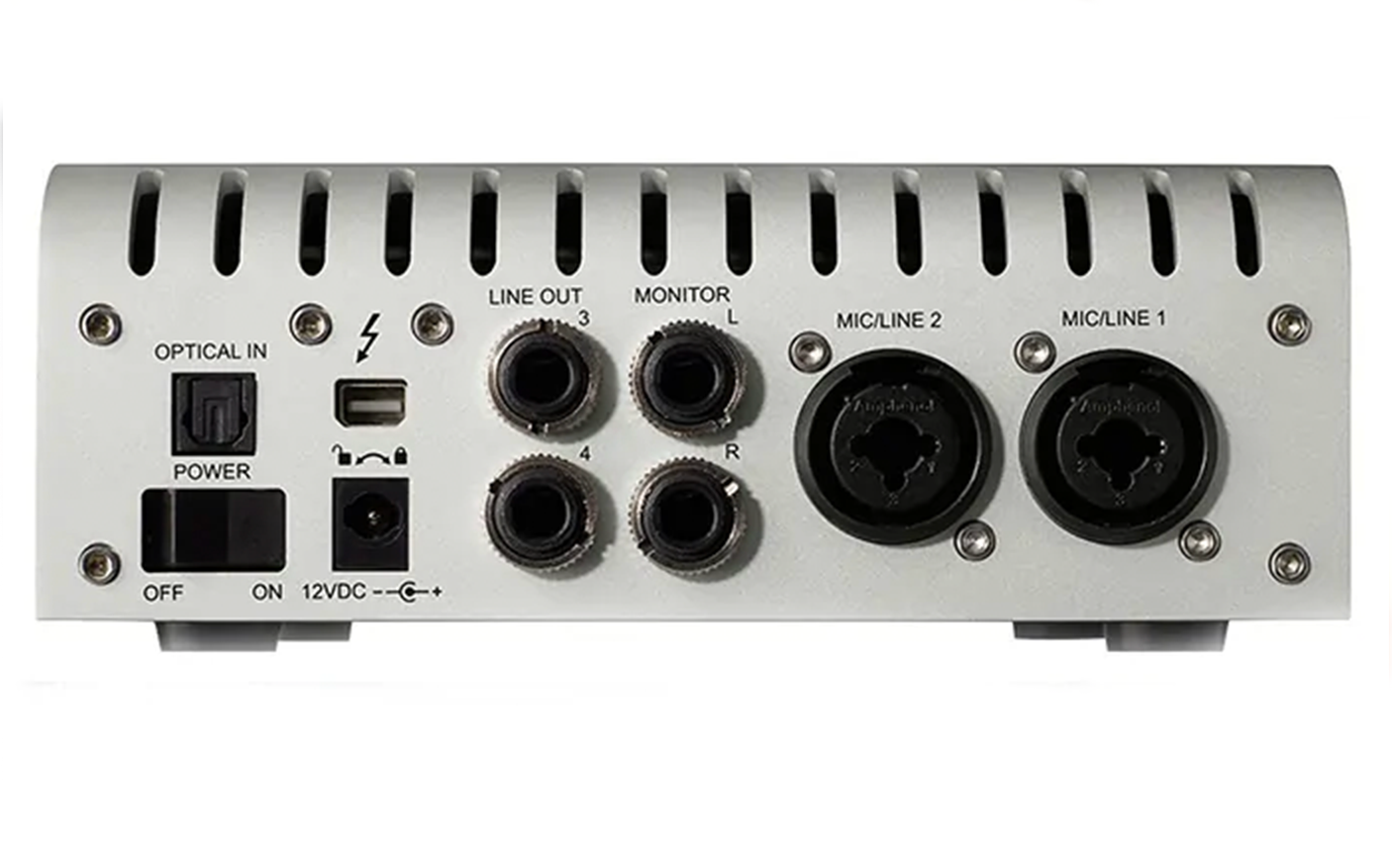An audio interface is used to interface audio with your computer. Often audio interfaces interface with a computer via USB and firewire. Some higher end interfaces such as the Solid State Logic Alpha Link’s interface via MADI. There are hundreds of different interfaces ranging from cheap £50 interfaces to more expensive interfaces costing £1000’s.
1. A/D D/A Converters: Be aware of A/D D/A converters. A/D converters convert audio from analogue to digital and D/A converter convert audio from digital to analogue. The quality of your converters will dramatically effect your signal conversion. Even if you are not using any analogue hardware you will still need to convert your audio from digital to analogue in order to hear audio from your monitors. Low quality audio interfaces with low quality converters will output a lower quality signal to your monitors. High quality converters will make a huge difference to how detailed the audio you hear through your monitors.
2. Pre Amps: Most interfaces will have pre amps. Pre amps are used to amplify the audio signal, power condenser mics using 48v power and colour audio signal using input gain. The quality of your pre amps can dramatically improve the quality of mic and instrument recordings. Most interfaces will have both line input and mic input. If you are recording a lot of audio you may want to opt for an interface with higher quality pres.
3. Inputs And Outputs: Each interface will have a set amount of inputs and outputs. A recording engineer may opt for more inputs lets say 16 for tracking drums where as a producers may only need 2 inputs and 2 outputs for mono/stereo recording of mics and instruments. When choosing your interface try to think how many inputs and outputs you will need. For instance if you have £1000 to spend on an interface and will only ever use 2 inputs, don’t buy an 8 input interface where you will have 8 cheap inputs. Instead buy a 2 input interface where you will have 2 high quality pre amps. Inputs and outputs can be used as inserts within your daw. Sending audio from your daw output 1-2 to hardware gear and returning back into your daw through input 1-2.
4. Future Proof: Look towards the future and where your studio may be in a few years time. Most interfaces are capable of expanding to more inputs and outputs through means such as adat. There are many ways of expanding your interface to deal with expansion. Many interfaces don’t allow expansion so bare in mind if you do not have expansion capabilities with your interface, if you do require more inputs and outputs you will need to upgrade your existing interface.
5. Additional features: Some interfaces have great additional features. Such as the SSL Nucleus has a daw controller, the Uad Apollo has built in DSP chips that take full advantage of UAD’s high end plugin emulations. Some interfaces have compatible software that comes with the interface. This software can access features inaccessible from the interfaces hardware.

